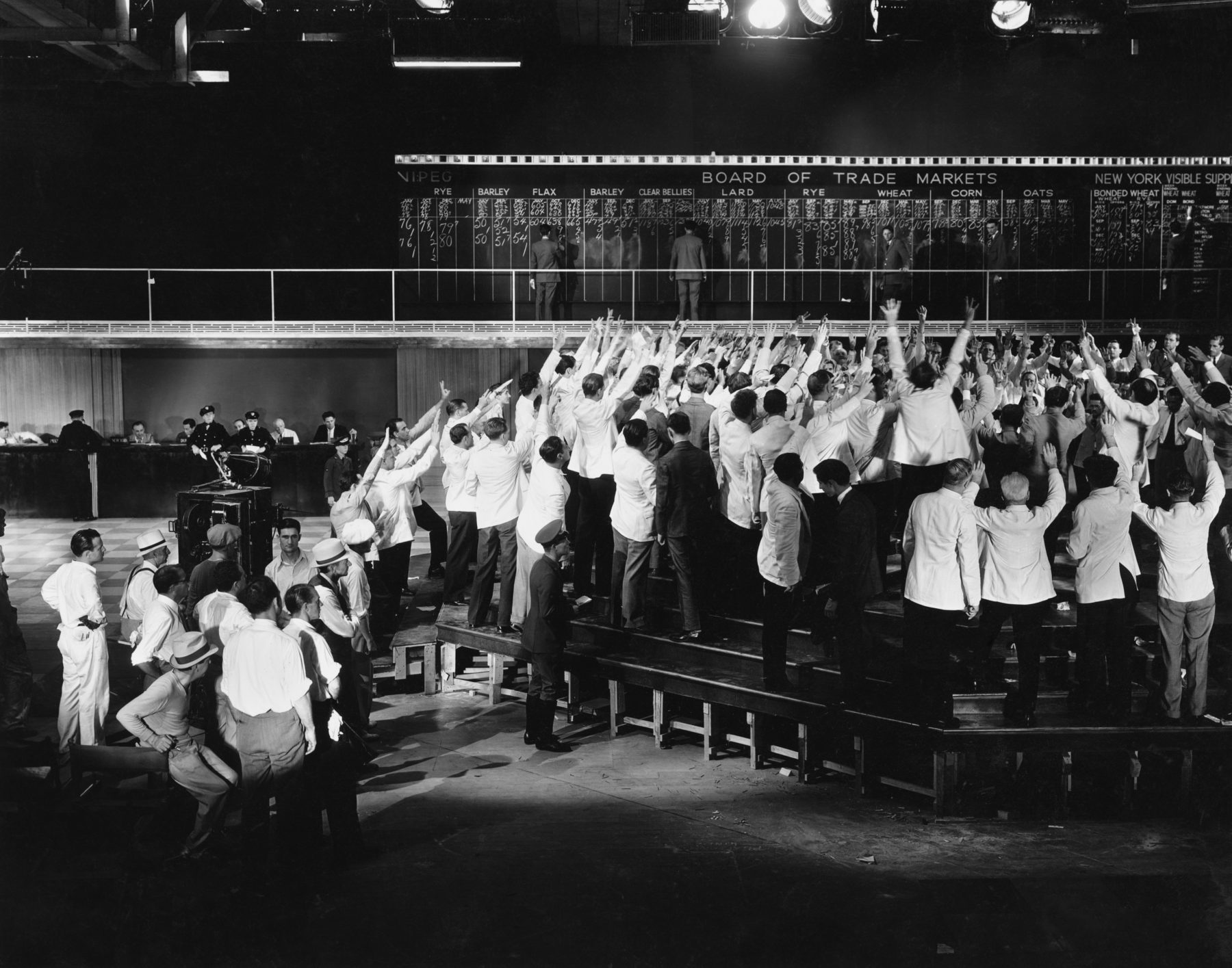Welcome to the exhilarating world of futures trading! If you’ve ever wanted to dip your toes into this form of speculation, you’re in the right place. Whether you’re looking to diversify your portfolio or find a new avenue for potential profits, understanding the basics of futures trading can be your first step in the right direction. Let’s break it down in a way that’s informative but not overwhelming.
What Are Futures?
In the simplest terms, a futures contract is an agreement to buy or sell a specific amount of a commodity or financial instrument at a predetermined price on a set date. They’re like forward contracts but standardized and traded on an exchange. The assets in question can range from agricultural goods to currencies to stock indices.
Why Trade Futures?
- Leverage: One of the most significant advantages of futures trading is the ability to control large positions with a relatively small investment.
- Diversification: Futures can add an extra layer of diversification to your portfolio, as they can be entirely uncorrelated to the equities market.
- Hedging: If you’re worried about adverse market conditions affecting your portfolio, futures can act as an insurance policy.
- No Pattern Day Trader Rule: For traders with smaller accounts, U.S. regulators limit the amount of trading for accounts under $25,000. This is called the Pattern Day Trader Rule or PDT. Guess what, futures do not have this limitation.
- Favorable Tax treatment: Futures contracts are taxed differently, at a lower rate for short term gains, than stocks and many other financial instruments.
Starting Your Futures Trading Journey
Choose a Reliable Broker
First and foremost, you need to open an account with a futures broker. Make sure to choose one that is reliable, well-regulated, and offers a platform you find user-friendly.
Another Way: Futures Funding or Prop Trading Programs
If you’re looking to start trading without putting your own capital at risk, you might want to explore futures funding or proprietary (prop) trading programs. These programs offer traders the chance to trade with company funds after successfully completing an evaluation period. It’s a fantastic way to learn the ropes without the financial stress.
Examples of Prop Trading Programs:
- Apex Trader Funding: Known for a variety of funding levels and a forgiving drawdown policy.
- Take Profit Trader: Offers a relatively low barrier to entry and aims to make the process straightforward for newcomers.
- TopStep Trader: One of the more well-known platforms, founded in 2013 with a variety of supporting resources including TopStep TV.
- UProfit: Specializes in providing robust educational resources alongside their funding program.
- Earn2Trade: Known for their comprehensive educational material and Helios Funding Program, which offers a variety of account sizes.
These programs generally have a low upfront cost, making them accessible to traders of all levels. However, they often require you to pass a qualifying phase, where your trading skills are assessed before you get access to the company’s funds.
Educate Yourself
You’re doing it right now—reading articles like this one. In addition to that, consider webinars, books, and free online courses to deepen your understanding.
Understand Margin
In futures trading, margin is the amount of money that you must deposit and keep on hand with your broker as collateral to hold a futures position. It’s crucial to understand how margin calls work and what level of risk you’re comfortable with.
Analyze and Plan
Before you dive in, spend time analyzing the markets and assets you’re interested in. Set trading objectives and establish a risk management strategy.
Start Small
There’s no rush to bet the farm. Start with a single contract to get a feel for the market and grow from there. Another great alternative is to start with “micro” contracts which are 1/10th the size of their big brother the “mini.”
Keep Records
Document your trades, strategies, and observations. This diary will be a valuable tool for ongoing learning and performance evaluation.
Risks and Rewards
No financial endeavor is without risks, and futures trading is no exception. The very leverage that makes futures trading so attractive can also make it risky. Prices can be highly volatile, and the potential for losses is significant. That’s why understanding the market and having a solid trading plan are crucial.
Conclusion
Futures trading can seem complex, but understanding the core concepts can go a long way. Choose a reliable broker, educate yourself continuously, and don’t forget to start small. As you gain experience, you’ll develop the skill set and confidence needed to navigate this exciting market.
Remember, futures trading isn’t for everyone. If you’re new to the game, consult a financial advisor and do your homework before you start trading. Happy speculating!
Commodity Futures Trading Commission. Futures and Options trading has large potential rewards, but also large potential risk. You must be aware of the risks and be willing to accept them in order to invest in the futures and options markets. Don’t trade with money you can’t afford to lose. This is neither a solicitation nor an offer to Buy/Sell futures or options. No representation is being made that any account will or is likely to achieve profits or losses similar to those discussed on this web site. The past performance of any trading system or methodology is not necessarily indicative of future results.
CFTC RULE 4.41 – HYPOTHETICAL OR SIMULATED PERFORMANCE RESULTS HAVE CERTAIN LIMITATIONS. UNLIKE AN ACTUAL PERFORMANCE RECORD, SIMULATED RESULTS DO NOT REPRESENT ACTUAL TRADING. ALSO, SINCE THE TRADES HAVE NOT BEEN EXECUTED, THE RESULTS MAY HAVE UNDER-OR-OVER COMPENSATED FOR THE IMPACT, IF ANY, OF CERTAIN MARKET FACTORS, SUCH AS LACK OF LIQUIDITY. SIMULATED TRADING PROGRAMS IN GENERAL ARE ALSO SUBJECT TO THE FACT THAT THEY ARE DESIGNED WITH THE BENEFIT OF HINDSIGHT. NO REPRESENTATION IS BEING MADE THAT ANY ACCOUNT WILL OR IS LIKELY TO ACHIEVE PROFIT OR LOSSES SIMILAR TO THOSE SHOWN.


